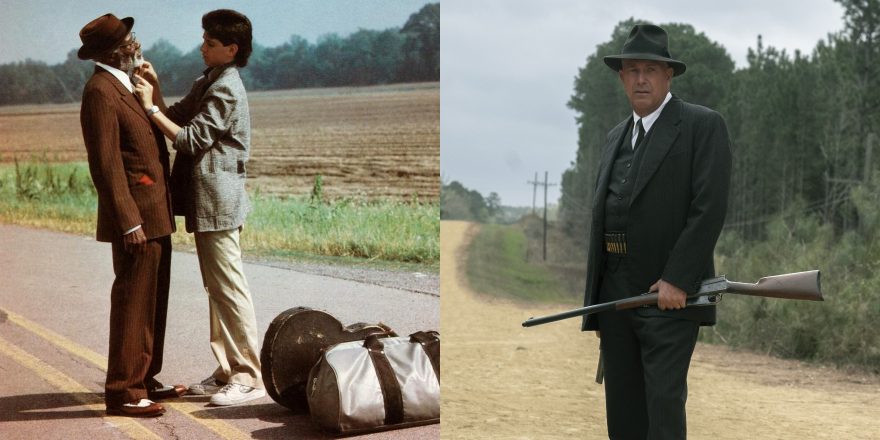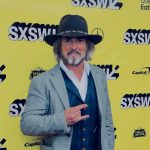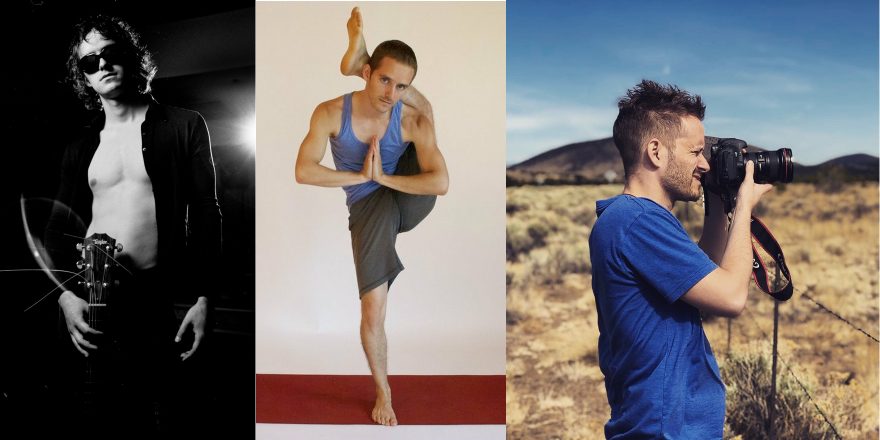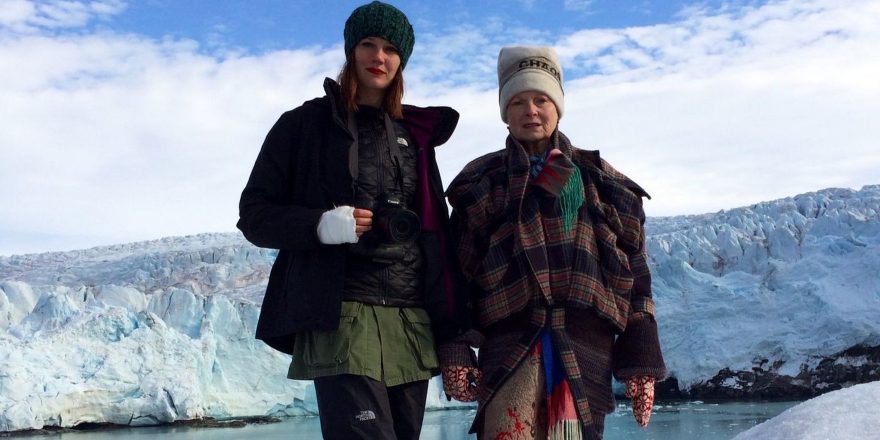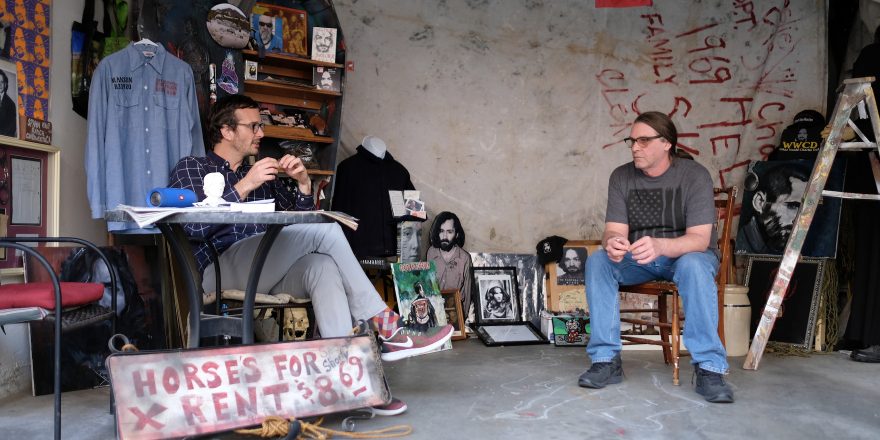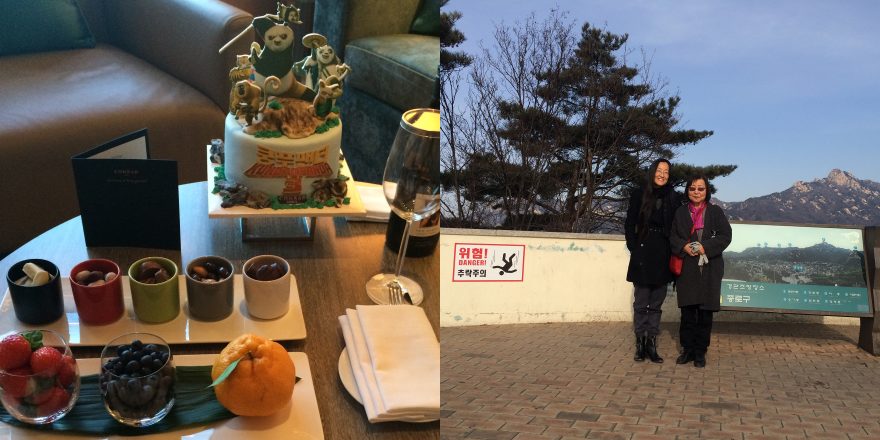The legend goes like this:
If you go down, late at night, over where Highway 61 intersects with 49, and you linger at the crossroads, he will come. He’ll tune up your guitar (some secret modal tuning), look you in the eyes, and ask how badly you want it – those next-level skills, the requisite fame, superstardom, all of it. You’ll just have to carry a lien on your soul; kind of like a student loan.
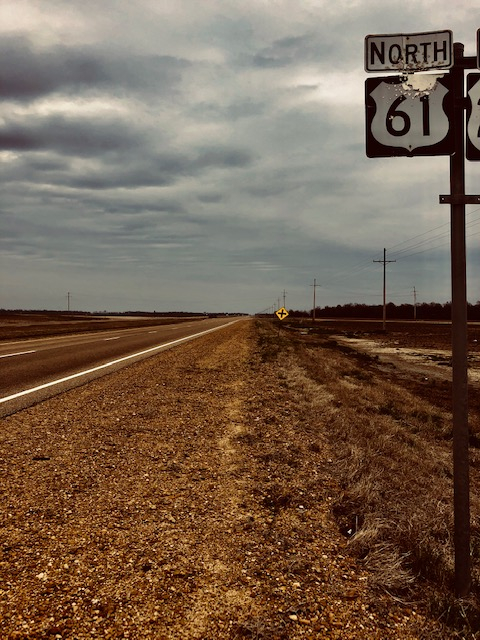
I had been there as a kid; another white boy wanting to learn the blues. Papa Legba, they said, didn’t give a care about cultural appropriation – as long as he appropriated your soul. I had gone down to New Orleans in the ’70s, a high school dropout, hoping to earn a backroads degree in the Delta Blues; eventually I would work my way – via sawmills, shipyards and car washes – to deep Mississippi and the crossroads. What I was really after was some amorphous thing called the mojo, the secret that hummed under the music of the Allman Brothers and the Rolling Stones and made it so dangerously compelling. I wanted to do a deep dive into authentic Americana.
While down there, living in railyards, I learned more about Robert Johnson and why musicians like Clapton and Jimmy Page deified him. I met old-timers who had known RJ. And I learned that, after he allegedly made that deal at the crossroads, his meteoric career was tragically cut short by some fan girl’s jealous husband. He had only recorded 29 songs, the old guys told me. But I could only find 28. Was there a 29th?
This mystery was tinder for my young imagination and less than five years later, it followed me through night school and in through the backdoor of NYU’s film school, giving me the material for my first real screenplay, Crossroads. You see, I never took that turn at 61 and 49, the one that might have led to the music career of my dreams; I took the turn toward an even earlier (and more quixotic?) dream of mine, which was writing and creating movies.
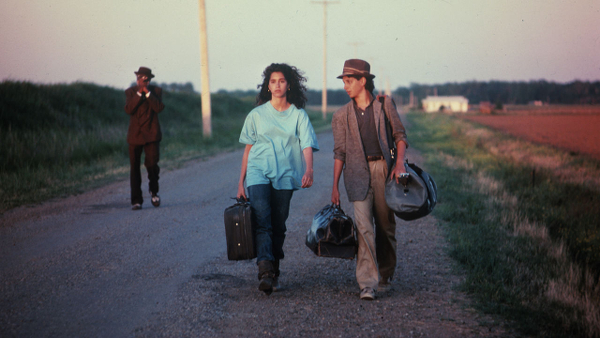
Despite the struggle, the road had been the best high school an aspiring American writer could hope to have. As an NYU screenwriting professor would say to me after he read a few of my sketches, “You came here with your bags packed full of a lived life.” So when Crossroads, the story of a young white musician on a Delta odyssey with an old, obscure bluesman, sold to Columbia Pictures as one of those big spec sales of the ’80s, people were quick to call it an overnight success. But they hadn’t been with me in the last of the hobo jungles where I learned how to “catch out on trains,” use my belt buckle as a weapon, or get a month of meals from a loaf of bread and a jar of apple butter. Whatever my script earned me, it did not come overnight.
Crossroads attracted actor Ralph Macchio, hot off The Karate Kid, and director Walter Hill. But more than that, for me, it attracted all my music heroes. After all those years of dreaming to one day make it in music, here I was, on set in the Mississippi Delta with Ry Cooder, Jungle Jim Dickinson, Arlen Roth, Juke Logan, Frank Frost and my all-time blues hero, Sonny Terry. Even Steve Vai was there after beating out Keith Richards, Jimmy Page and Johnny Winter for the role of Jack Butler, “the Devil’s guitar champ.”
Did I beat the devil at his own game? I don’t know, but my career as a Hollywood screenwriter took off and I earned my BFA remotely, while on location in Greenville, Mississippi, in the very same place I had recently been hitchhiking and looking for old blues guys.
—-//—-
Now, 34 years and 15 movies later, I found myself back in New Orleans, on the set of The Highwaymen, my screenplay about the retired Texas Rangers who took down Bonnie and Clyde. While director John Lee Hancock and the crew made a company move to Texas, I stayed in the Big Easy and turned 59. On my birthday I wandered the French Quarter – and beyond – until the blisters from my boots brought back that old feeling. I searched for and found the doorway on Iberville that I had lived in for a while and I ate oysters like they were going out of style at the Bourbon Street place I could never afford to get into. I won’t lie: I prayed a lot that night. Endless prayers of gratitude.
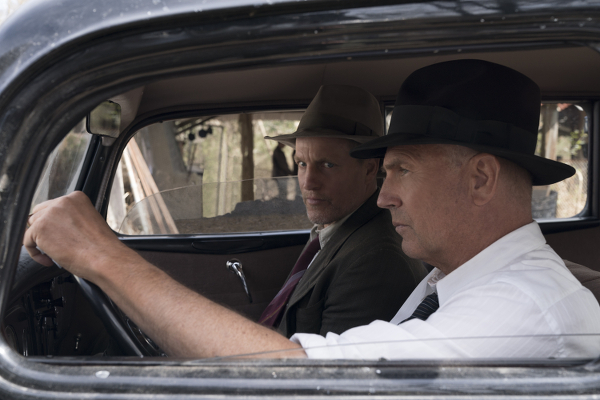
Everywhere I wandered, I was surrounded by music. Street players (better than anyone you’ll find in a world-class New York jazz club), bar bands, kids improvising percussion on upturned buckets, and a blind guy playing four instruments at once in an alley. I wandered and absorbed – and remembered what it had felt like. I doled out my per diem of cash to every homeless person I encountered, and I told them that I had once been in the same position, down here in the Quarter. They were some beautiful people with terribly broken hearts, a few with shattered minds.
When I woke up in a king-sized bed at the Ritz-Carlton, or wherever it was Netflix had put me, it was before sunrise and my soul was on fire. I packed my bag, got in my rental car, and took off for the Mississippi Delta. That’s when I realized that it was only 3 a.m., but I just kept driving, listening to Bluesville on Sirius. By the time I reached Clarksdale and pulled over to eat my egg sandwich on John Lee Hooker Lane, I was writing new lyrics down in my notepad. When I turned the GPS back on, the synthesized woman’s voice said “Proceed to the route,” in that heady moment of recrudescence, I heard it as, “Proceed to the root.”
Highway 61 now has historic markers commemorating “the Mississippi Blues Trail.” That helped me find my way back to the legendary Crossroads. That has now changed, too. On a tall pole on the island at the intersection, two electric guitars are mounted, crossing each other to suggest a duel, and a lit-up sign reads: The Crossroads.
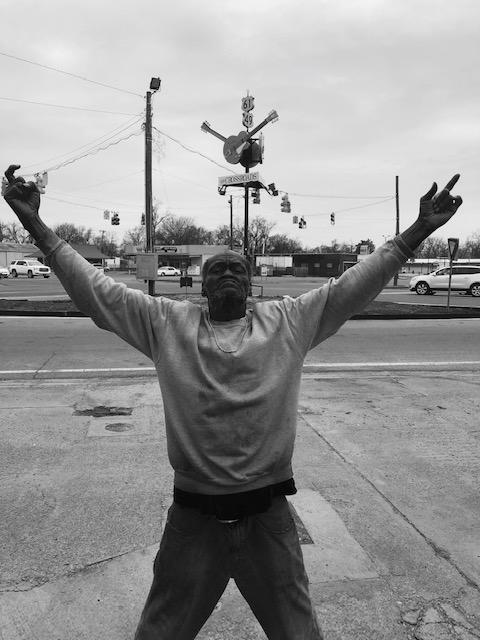
When I parked and stepped out, amazed by the roadside branding, an aging African-American man appeared from nowhere and blocked my path. In an unwashed sweatshirt and pants falling down, he was well over six feet tall and thrummed with a kind of mad energy. He blocked my path, held his arms out Christ-like and extended the long middle finger of each hand. “Take that picture,” he said. Whoever he was, it gave me chills – even as I snapped the photo.
By nightfall I was on Beale Street, drinking, and still thinking about that phantom figure at the crossroads (why had he blocked my path?); by morning I was just across the border in Southaven, Mississippi, having coffee with Cody Dickinson of the North Mississippi Allstars. He and his brother Luther were the sons of the late Jim Dickinson, Ry Cooder’s blues historian and the man who became my advisor on Crossroads all those years ago.
Crossroads had changed the lives of Luther and Cody; they veered from punk rock toward the blues after their dad showed them a rough cut in 1986. So Cody had invited me to stop in, share some stories about his late dad, and have some music conversations.
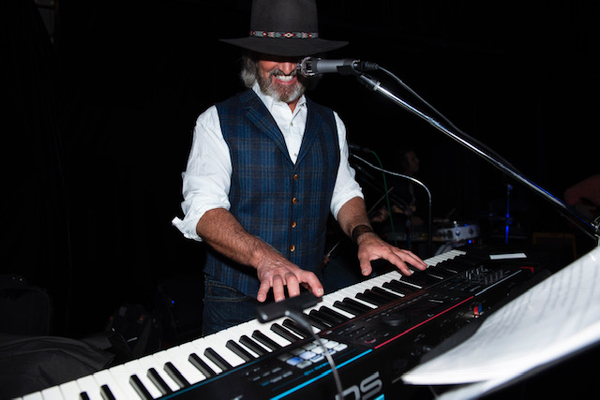
When Cody took me upstairs to see his recording studio, the Checkerboard Lounge, he invited me to sit at the keyboard. When I did, I started playing some blues. It was an original piece that I had been singing and shaping during my drive across the Delta. Cody grabbed his sticks and got behind his drums and we began jamming. “Dude!” was his exclamation, and I took that as an offer to play another. The feeling was like coming home to something I once loved and never lost the juice for. Next thing I knew, Cody was up at the mixing board and recording.
Three days later, I had four original blues songs in the can. At Cody’s urging, I returned to North Mississippi two more times to record more – until we had a 10-song LP, featuring guest appearances by his brother Luther, the Memphis rap pioneer Al Kapone, and gospel singing legend Risse Norman. Cody would patiently mix and master the recordings and release John Fusco and the X-Road Riders on his Checkerboard Lounge Recordings label.
—-//—-
I had always dreamed of cutting an album. Over these past years of a mostly consistent Hollywood career, I had quietly written music at my Hammond B3 organ or piano – more as therapy than anything else – but I always just let the songs evaporate. Never even wrote them down. But now I had original music on a released CD and on all streaming platforms. What I didn’t expect was a better critical response than on any movie I’d ever written or TV show I created, or for Amazon to keep asking for more stock – we ended up doing a second pressing of CDs. I have had tour offers and have signed on to do a few live shows (Man, I’m too old to go back on the road).
Call it one off the bucket list, or call it full-circle, but going down to New Orleans to shoot a 2019 Netflix Original Movie put me back on the hallowed Southern ground that inspired my 1986 debut film. I returned to the crossroads at 61 and 49 and chose to take the road I walked away from in my teens. And no, I didn’t make a deal with the devil. I just rented a car and drove back for a forgotten dream.
If you have one, it’s never too late to ride back and claim it. Believe me.



